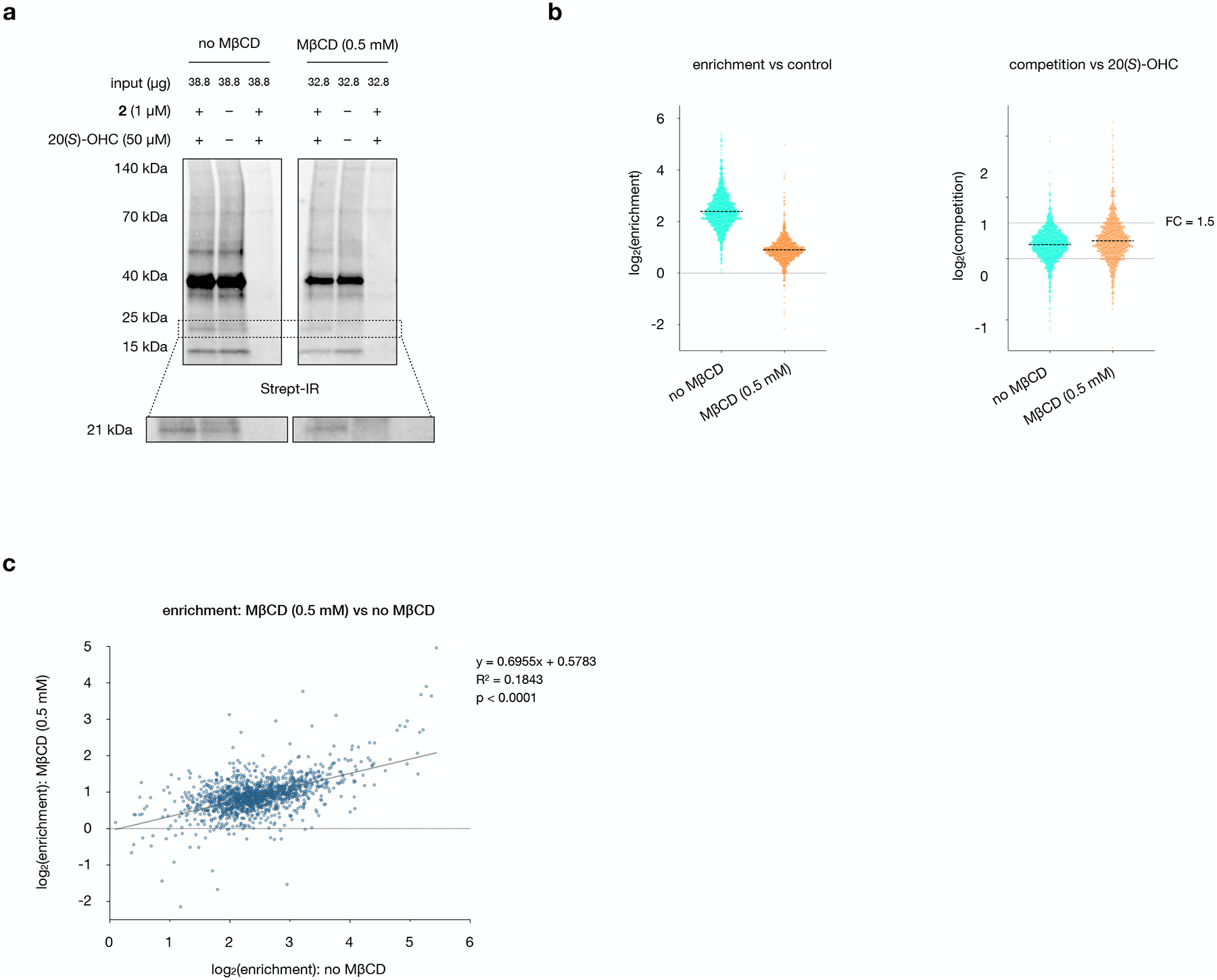Extended Data Fig. 3: Co-treatment with MβCD enhances 20(S)-OHC competition without altering 2-enrichment profiles.

a, Streptavidin IRDye 800CW signal for biotinylated proteins in aliquots from mass spectrometry samples. MβCD reduces overall labeling, enhances competition of the probe-labeled 21 kDa band, and preserves equal intensity of non-competable bands in the presence and absence of 20(S)-OHC competitor. The experiments were repeated four times independently with similar results.
b, Left: Enrichment profiles in the presence and absence of MβCD show a uniform ~2.8-fold decrease. Right: Competition by 20(S)-OHC in the absence and presence of MβCD shows that a greater fraction of proteins are competable in the presence of MβCD. A horizonal line at 1.5-fold competition is provided for reference.
c, Plot of 2 enrichment values in the presence and absence of MβCD, demonstrating that enrichment profiles are not dramatically influenced by MβCD. Statistical significance, assessed by linear regression in GraphPad Prism, is shown (R2 = 0.1843, p < 0.0001).
